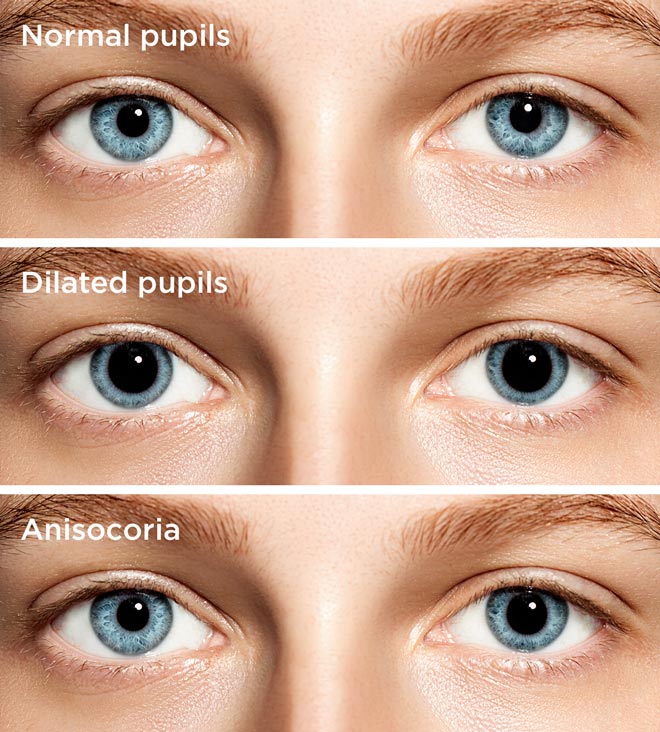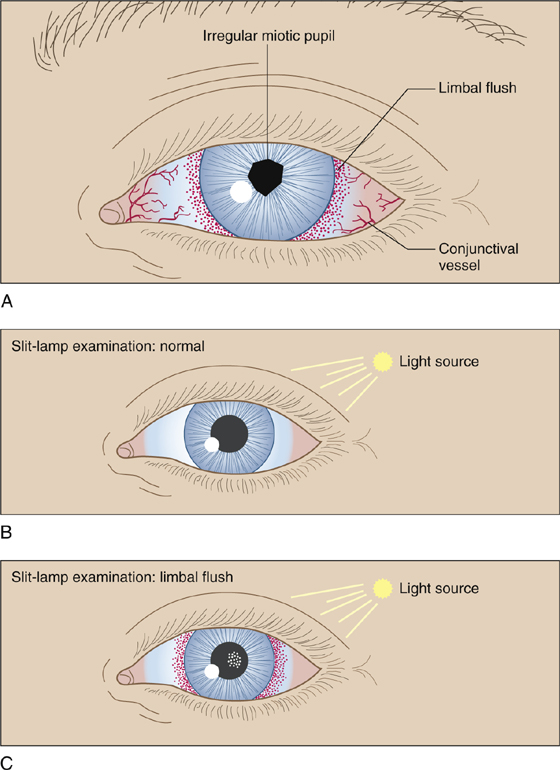

The anterior and posterior chambers are filled with aqueous humour, which is a watery fluid that provides nourishment to the interior eye structures and helps to keep the eyeball inflated. Vitreous chamber, between the lens and the retina.Posterior chamber, between the iris and the lens.Anterior chamber, between the cornea and iris.The eyeball also contains three chambers of fluid: The inner layer, comprised of the retina.The middle layer, holding the primary blood supply for the eye and containing the iris and pupil.The outer layer, formed by the cornea and sclera.The retina, which is made up by millions of specialised cells known as ‘rods’ and ‘cones’, transforms the image into electrical energy and this is sent to the optic disk on the retina, where it will be transferred via electrical impulses along the optic nerve to be processed by the brain. Just like a lens in a camera sends a message to produce a film the lens in the eye refracts incoming light onto the retina, where messages are encoded. With help from other important structures in the eye, like the iris and cornea, the appropriate amount of light is directed towards the lens. Vision occurs when light enters the eye through the pupil.

Although it is small in size, the eye arguably provides us with the most important of the five senses – vision.

Posterior Capsule Opacity (Secondary Cataract).


 0 kommentar(er)
0 kommentar(er)
